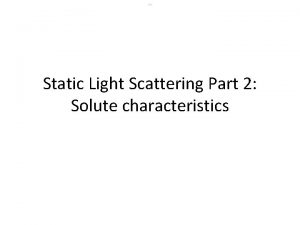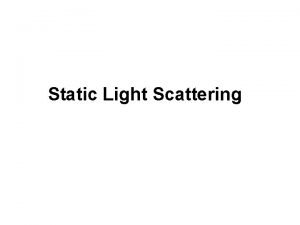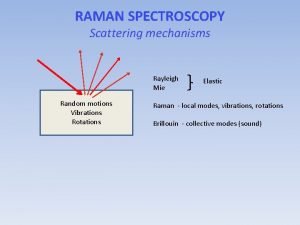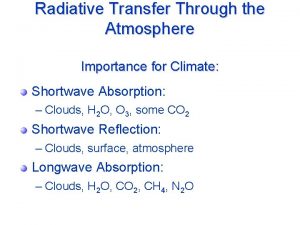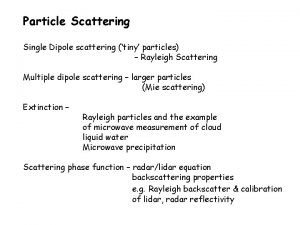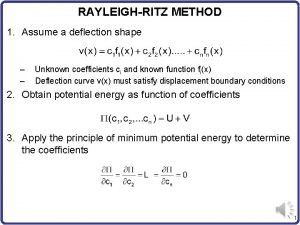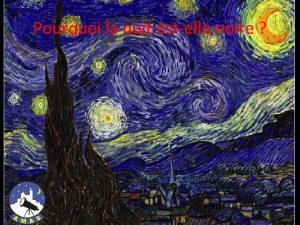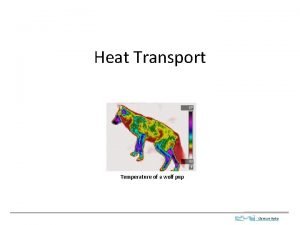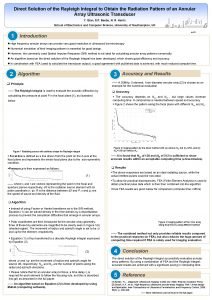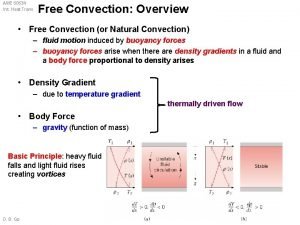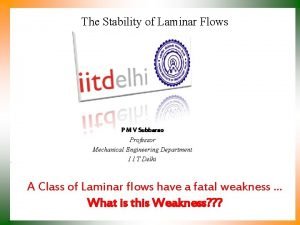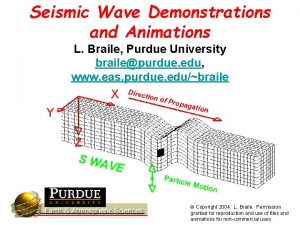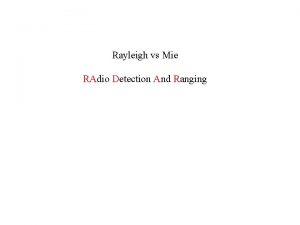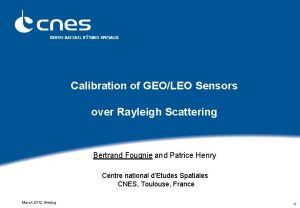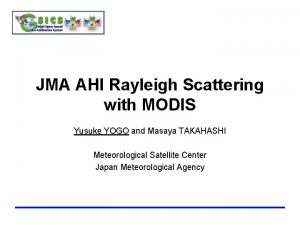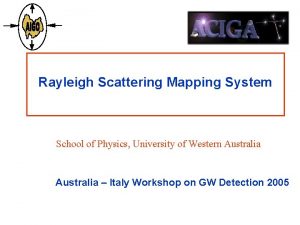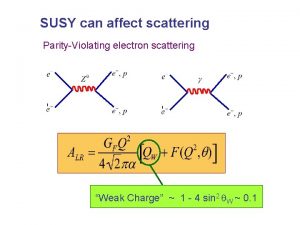THEORY OF RAYLEIGH SCATTERING Scattering fundamentals Scattering can



















- Slides: 19

THEORY OF RAYLEIGH SCATTERING

Scattering fundamentals: Scattering can be broadly defined as the redirection of radiation out of the original direction of propagation, usually due to interactions with molecules and particles • Reflection, refraction, diffraction etc. are actually all just forms of scattering • Matter is composed of discrete electrical charges (atoms and molecules – dipoles) • Light is an oscillating EM field – excites charges, which radiate EM waves • These radiated EM waves are scattered waves, excited by a source external to the scatter. • The superposition of incident and scattered EM waves is what is observed •

Definition: q Elastic scattering of electromagnetic radiation (light), by particles much smaller than the wavelength of the radiation q Rayleigh scattering refers to the scattering of light off of the molecules of the air, and can be extended to scattering from particles up to about a tenth of the wavelength of the light q The intensity I of light scattered by a single small particle from a beam of unpolarized light of wavelength λ and intensity I 0 is given by: - distance to particle, θ - scattering angle, n - refractive index of particle, d - diameter of particle. R

What is Rayleigh scattering? Integrating over the sphere surrounding the particle gives the Rayleigh scattering cross section σs: ØThe intensity of Rayleigh scattered light varies inversely with the fourth power of the wavelength ØViolet light is scattered stronger than red light

Rayleigh scattering phase function: • E is the orientation of the electric field vector in the incident wave • Recall that scattered skylight is 100% polarized when viewing the sky at a 90º angle from the sun • Polarizability: ease with which electrons and nuclei can be displaced from their average positions

Phase function Vertically polarized Horizontally polarized Unpolarized



Rayleigh Scattering Equation Of Ideal Gas: Consider the particles of an ideal gas as electric dipoles, which may be caused to oscillate by an incident electric field. The dipoles will then scatter, that is emit three dimensional secondary fields with the same frequency as the incident field and a spatial field strength characteristic. The strength of the field scattered from a single dipole ED where (t) is the time dependent moment.

Rayleigh regime for raindrops The Rayleigh regime for raindrops corresponds to wavelengths of ~10 cm

INTERACTION OF RADITATION WITH MATTER







Conclusion: The three major forms of interaction of radiation with matter, which are of clinical importance in radiotherapy are: 1. Compton effect 2. Photoelectric effect 3. Pair production Out of these, the Compton effect is the most important in modern-day megavoltage radiation therapy The reduced scattering suffered by high-energy radiation as well as the almost homogenous tissue dosage is primarily due to the Compton effect

THANK YOU
 Brightness and contrast
Brightness and contrast Rayleigh scattering formula
Rayleigh scattering formula Mie plot
Mie plot Rayleigh theory of light scattering
Rayleigh theory of light scattering How to plot zimm plot in excel
How to plot zimm plot in excel Rayleigh vs raman scattering
Rayleigh vs raman scattering Rayleigh scattering formula
Rayleigh scattering formula Rayleigh scattering intensity formula
Rayleigh scattering intensity formula Rayleigh distillation
Rayleigh distillation Rayleigh-ritz method example
Rayleigh-ritz method example Diffusion de rayleigh
Diffusion de rayleigh Rayleigh number
Rayleigh number Rayleigh integral
Rayleigh integral Trans ame
Trans ame What is this
What is this Rayleigh dissipation function
Rayleigh dissipation function Sebuah lampu natrium 20w berwarna kuning
Sebuah lampu natrium 20w berwarna kuning Rayleigh equation
Rayleigh equation Sap calculations rayleigh
Sap calculations rayleigh Love and rayleigh waves animation
Love and rayleigh waves animation



